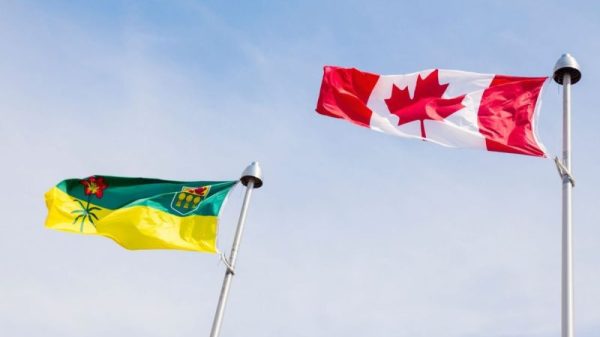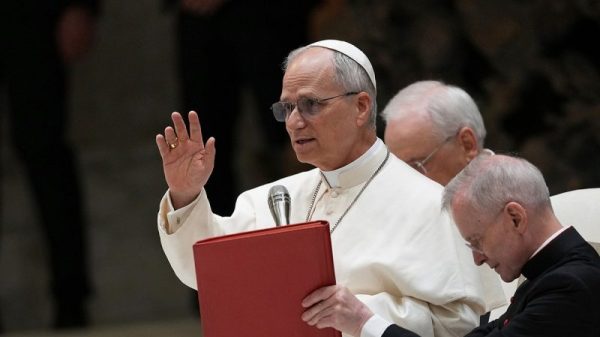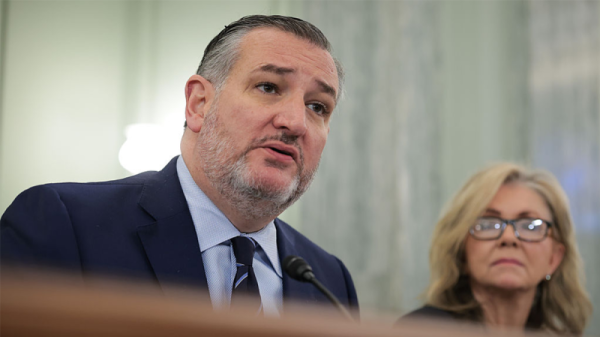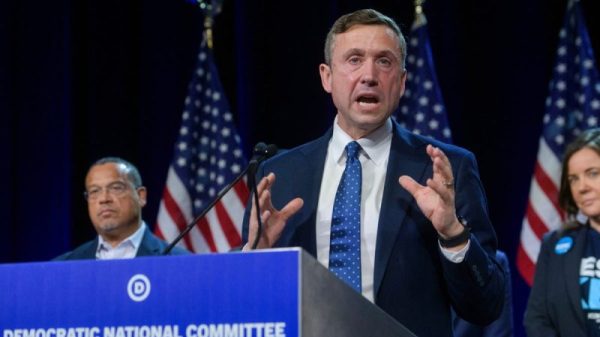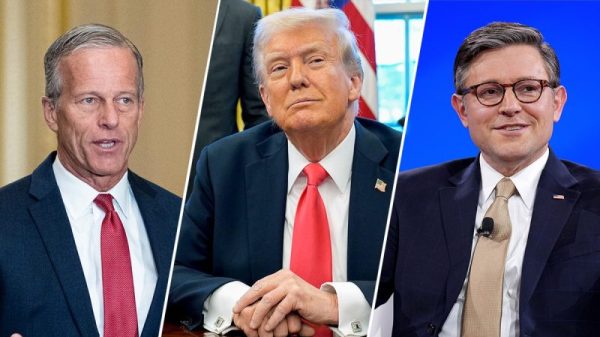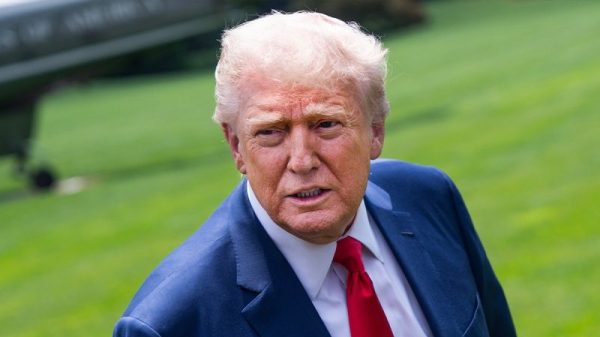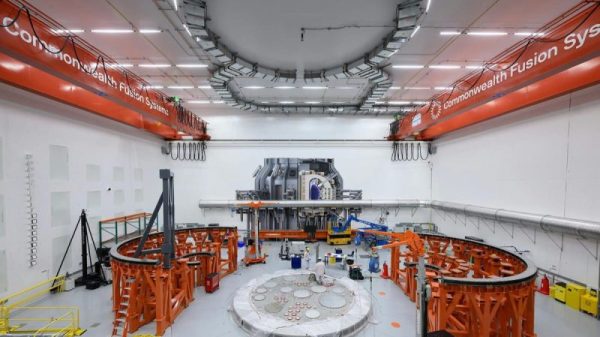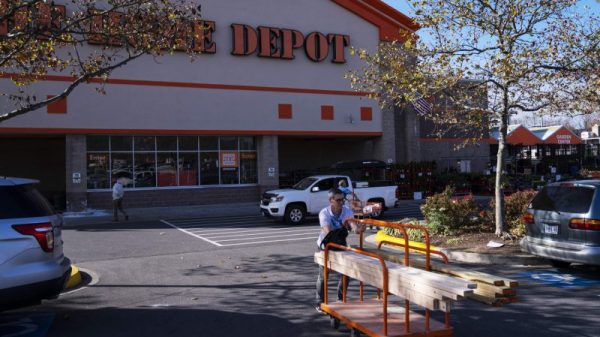The July US Bureau of Labor Statistics’ employment report reinforces the conclusion that the economy is slowing, as the number of new jobs slowed sharply and the unemployment rate rose to 4.3 percent, up from 4.1 percent in June, and from 3.8 as recently as March. Assessing the Administration’s exaggerated claims for success is essential before what success there has been fades from attention.
To give the Biden Administration’s credit for any success in increasing jobs requires proponents to blatantly misrepresent facts. Most notably, they claim to have added nearly 16 million jobs to the economy, more than any earlier president in one term. It’s true, but it takes credit for the return of about 9.4 million jobs for people who lost their jobs due to COVID-19 precautions and had not yet returned to work at the time Biden took office. Taking credit for the recovery of a large part of the COVID-related, record loss of 21.9 million jobs, far overstates Biden’s contribution and the effectiveness of his policy efforts. In fact, since the COVID recovery ended in June 2022, the Biden Administration witnessed the creation of 6.3 million new jobs, only about 40 percent of the Administration’s claim. In contrast, the previous administration oversaw growth of 6.7 million jobs before COVID hit.
The Biden Administration can proudly point to a long period of relatively low unemployment. The unemployment rate for the civilian labor force was 4 percent or less for the 29 months from January 2022 to May 2024. But the Trump Administration also had a relatively long period of such success. The unemployment rate was 4 percent or lower for 26 months from January 2018 to February 2020, up until forced business closures at the onset of COVID. Both episodes are significant accomplishments, with Biden’s slightly better result assisted by an early return to low pre-COVID unemployment levels a year into his administration, despite the lingering lag in the number of jobs.
A more significant exaggerated claim came in May 2024: “Under President Biden’s Investing in America agenda, nearly 800,000 manufacturing jobs have been created . . .” This claim is more significant because it is tied to the Administration’s new industrial policy to subsidize and protect strategically important domestic industries, most clearly reflected in the CHIPS and Science Act and the Inflation Reduction Act that both took effect in August 2022. Manufacturing jobs fell from about 12.8 million at the beginning of COVID to 11.4 million jobs in April 2020. The recovery of manufacturing jobs, when jobs reached 12.8 million again, came in May 2022. The number of jobs added from then until July 2024 is only 166,000, about 21 percent of Biden-Harris’s claimed achievements.
Most of the Biden manufacturing job gains occurred earlier, from May 2022 to October 2022, ending within 2 months of the effective date of the two Acts. Subsequently, manufacturing jobs flatlined at about 12.9 million for the next 22 months, right up to the present. Biden’s new industrial policy has produced essentially no new jobs over the nearly two years since passage.
No review of labor market performance would be complete without addressing real wage developments. The Biden claims discussed so far ignore real wages, and for good reason. In the nonfarm business sector, real hourly compensation rose in the pre-COVID Trump period at a 1.5 percent annual rate. Under Biden, real wages fell at a 1.4 percent annual rate from the first quarter of 2021 to the second quarter of 2024.
Damage to real wages began with Biden’s “Day One” energy and regulatory Executive Orders, which reduced productivity and real GDP. This loss in productivity reduced real wages for six quarters and, despite a modest recovery since, kept real earnings and the standard of living lower than when Biden’s term began. It also accounted for much of the early inflation surge. Viewed from this perspective, the current Administration’s performance has been no better than under the Trump Administration, and the latter outperformed in terms of the speed and extent of the COVID recovery and gains in real wages. For most of the Biden-Harris term, real wages have been below their level when the term began. Relatively high levels of employment have been achieved, as under Trump, pre-COVID, but the new industrial policy appears to have failed, at least for manufacturing jobs. This should not surprise students of history. The US never made rapid advances in economic growth by massive subsidies and trade protection for selected industries.


